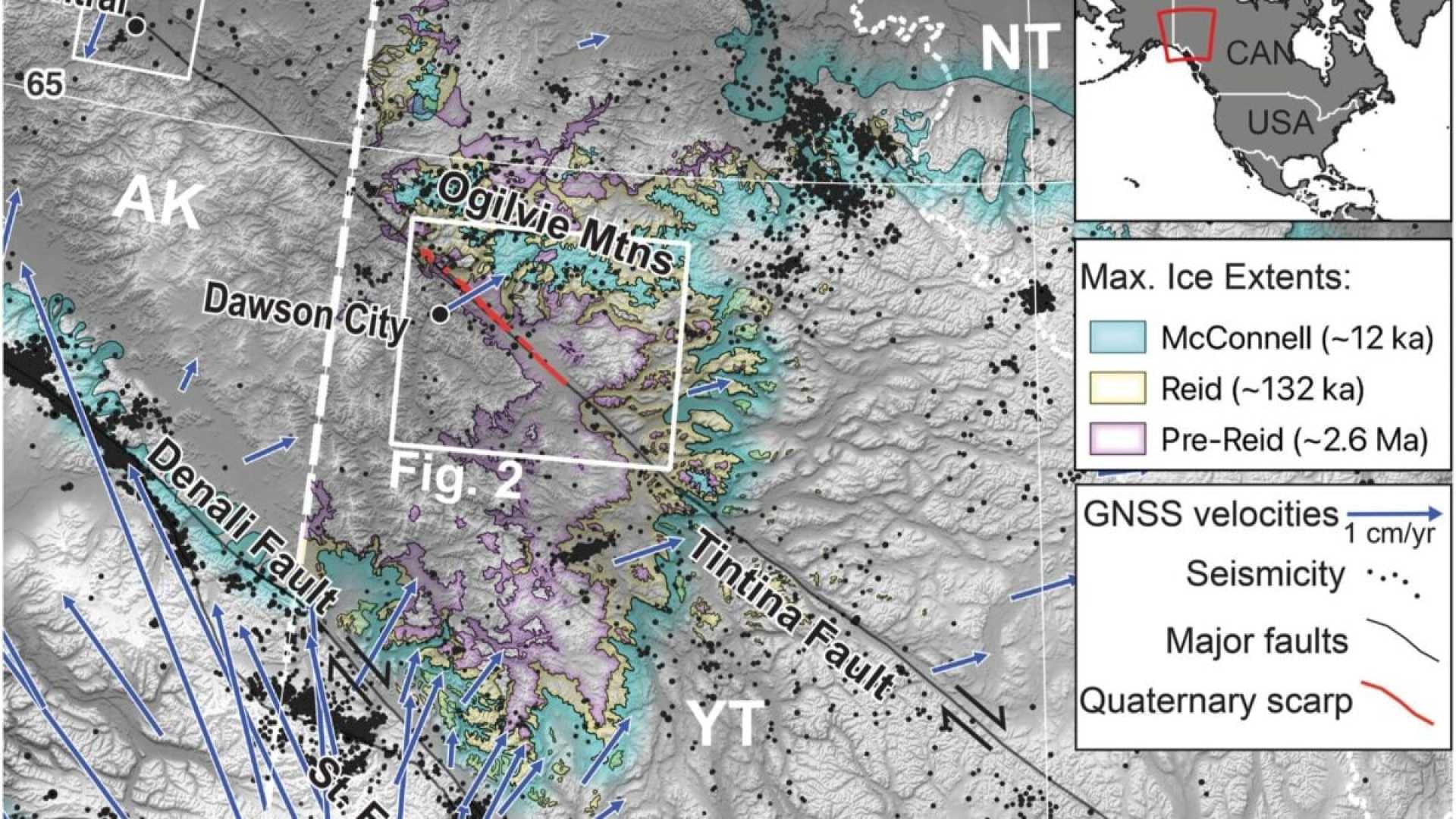News
Scientists Warn of Potential Earthquakes Along Tintina Fault

Victoria, Canada—A recent study reveals that the Tintina fault, believed to be inactive for 40 million years, may pose a significant earthquake threat. Researchers from the University of Victoria found evidence of movement along a 130-kilometer stretch of the fault that could lead to earthquakes exceeding magnitude 7.5.
The team utilized advanced topographic data and LiDAR surveys to identify fault scarps near Dawson City, Canada. Previous beliefs about the Tintina fault’s inactivity were challenged by these findings. “The expanding availability of high-resolution data prompted us to re-examine the fault,” said Theron Finley, the study’s lead author.
Researchers discovered two ancient landforms along the fault that show substantial offset, indicating significant movement during past earthquakes. The older formations were found to be 2.6 million years old, offset by approximately 1,000 meters, while 132,000-year-old structures showed offsets of 75 meters. However, no significant movement has occurred in the last 12,000 years.
Finley noted that the fault accumulates strain at a rate of 0.2 to 0.8 millimeters per year, suggesting a possible upcoming earthquake. “If this were to be released, it would cause a significant earthquake,” he explained.
While earthquakes of magnitude 3.5 or higher are common, they typically result in minimal damage. However, a quake exceeding magnitude 7.5 on the Tintina fault could lead to considerable destruction over a large area.
Currently, Canada’s National Seismic Hazard Model does not recognize the Tintina fault as a significant seismic source, but these findings may change that perception.












